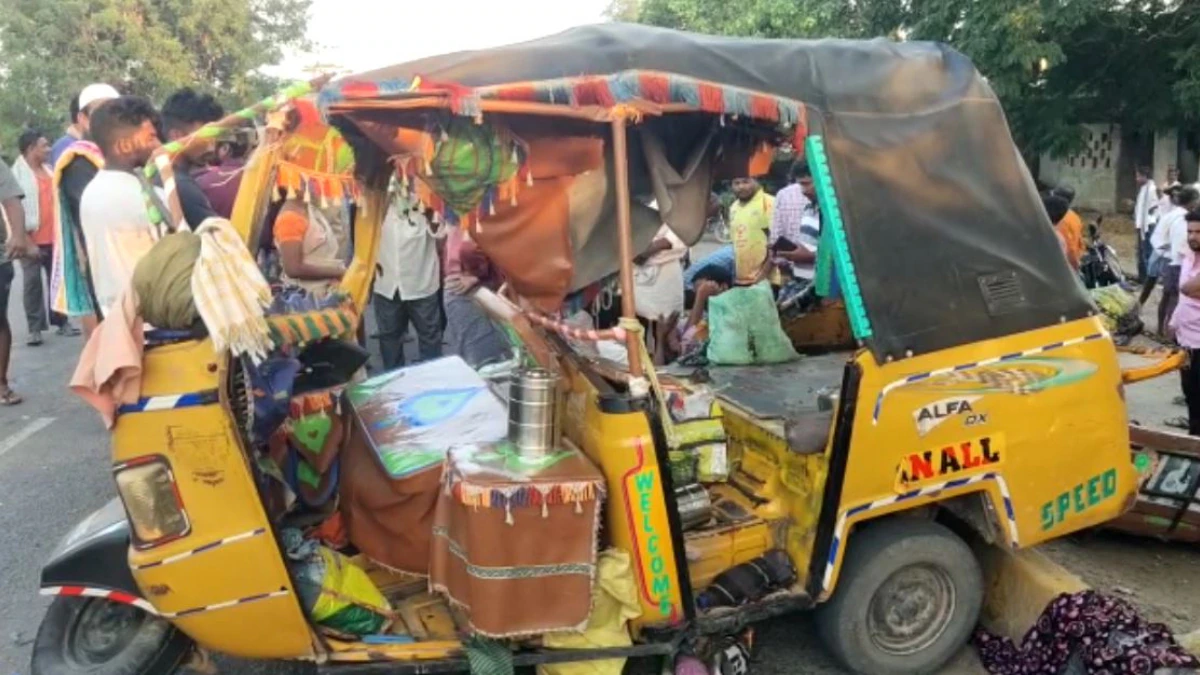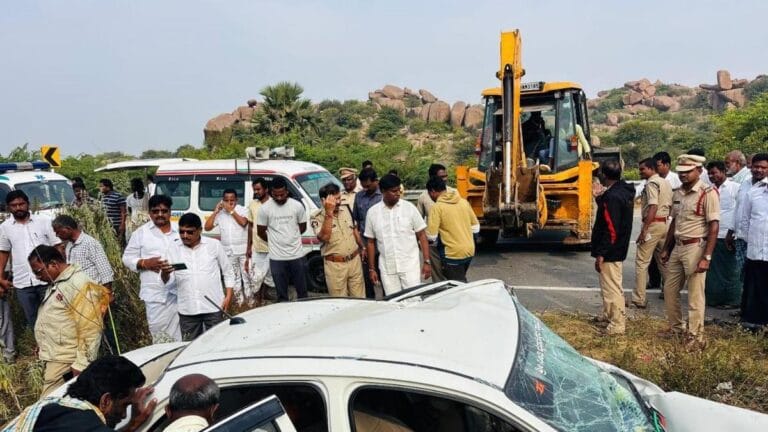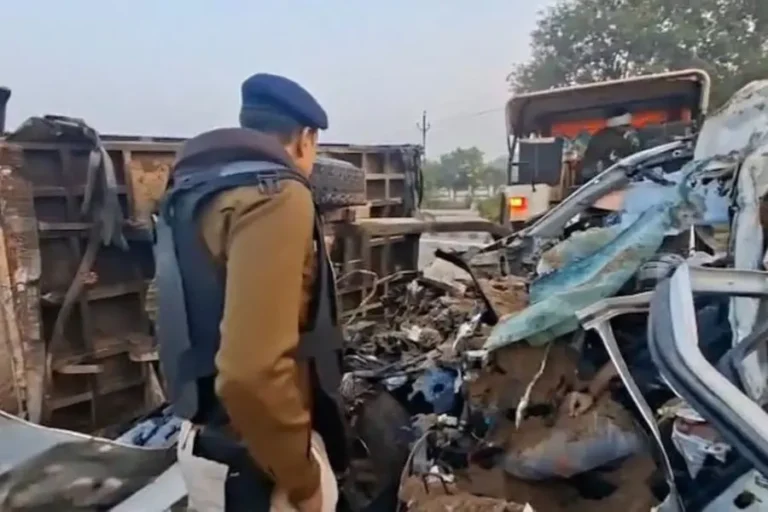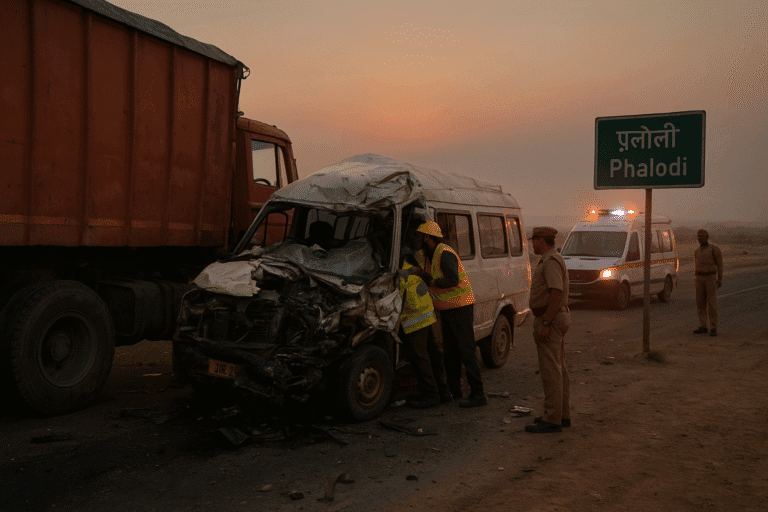
Auto Rickshaws
Auto rickshaws, or the three-wheeled vehicles, are very popular among low- and middle-income groups for short commutes. They’re easily available and seen in almost every state across India. This case is from Dhanbad, a city known for its bustling streets.
- Approximately 7.3 million registered three-wheelers in India (2020-21 (Ministry of Road Transport and Highways))
- 5-6 million auto rickshaws running on petrol or CNG
- E-rickshaws (2022): An estimated 1.5-2 million across India.
In this story, someone heavily modified an auto rickshaw to carry extra passengers, which is a common practice. After a busy morning at the market during the winter season, the auto carried 14 passengers, far beyond its capacity. Normally, an autorickshaw seats 3 passengers, but this one had 3 in the front (besides the driver), 6 in the middle (facing each other), and 4 squeezed into the rear.
At around 9:30 AM, the overloaded auto was navigating a busy road. The passengers were cramped inside, with two sitting on the left side and one on the right in the front, alongside the driver. One of the passengers seated on the extreme left was pushed towards the middle when a light commercial vehicle (LCV) tried to overtake the auto on the left side. The auto driver, positioned on the extreme right of his seat, was pushed out of the moving vehicle due to the pressure from inside. Within moments, the auto rolled over, injuring many of the passengers.Also Read #RoadSafety
Key Issues Leading to the Incident:
- The auto was carrying 14 passengers, almost 5 times its intended loading capacity.
- Overtaking and driving the divider side on the road.
- Cramped seating led to passengers pushing against each other.
- Lack of safety features (brakes, seatbelts, or lighting).
Common Unsafe Behaviours of Auto Rickshaw Drivers:
- Quick overtaking, sudden stops, and weaving through traffic.
- Carrying more passengers than legally allowed.
- Drive haphazardly, failing to stick to their lane.
- Traffic congestion at stoppages crowds popular stopping points, contributing to traffic jams.
- Brake lights, rear lights, or indicators often don’t work.
- Some drivers use their legs to signal turns or even push other vehicles.
- Drive with faulty brakes, worn-out tires and inadequate lighting.
- Talking on phones or engaging with passengers while driving.
- Long working hours lead to tired drivers who may not be alert on the road.
- Also Read – https://www.nationwide.com/lc/resources/auto-insurance/articles/driving-safety-tips
How Can We Change Auto Driver Behaviour?
- Educate drivers about road safety and the dangers of overloading.
- Passengers should refuse to board overloaded vehicles and request slower, safer driving.
- Stricter law enforcement can deter reckless driving and ensure proper vehicle maintenance.
- Authorities can introduce reward systems for drivers who follow safety norms.
Safe driving is of everyone’s responsibility on the road. Drivers to passengers to road users. It is everyone responsibility to follow to avoid tragic incidents like the one in Dhanbad.
Know safety, no pain, no safety, Know pain
Drive Safe, Stay Safe!



